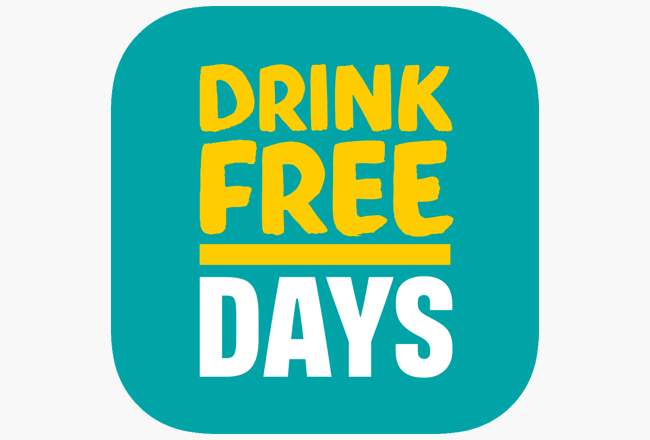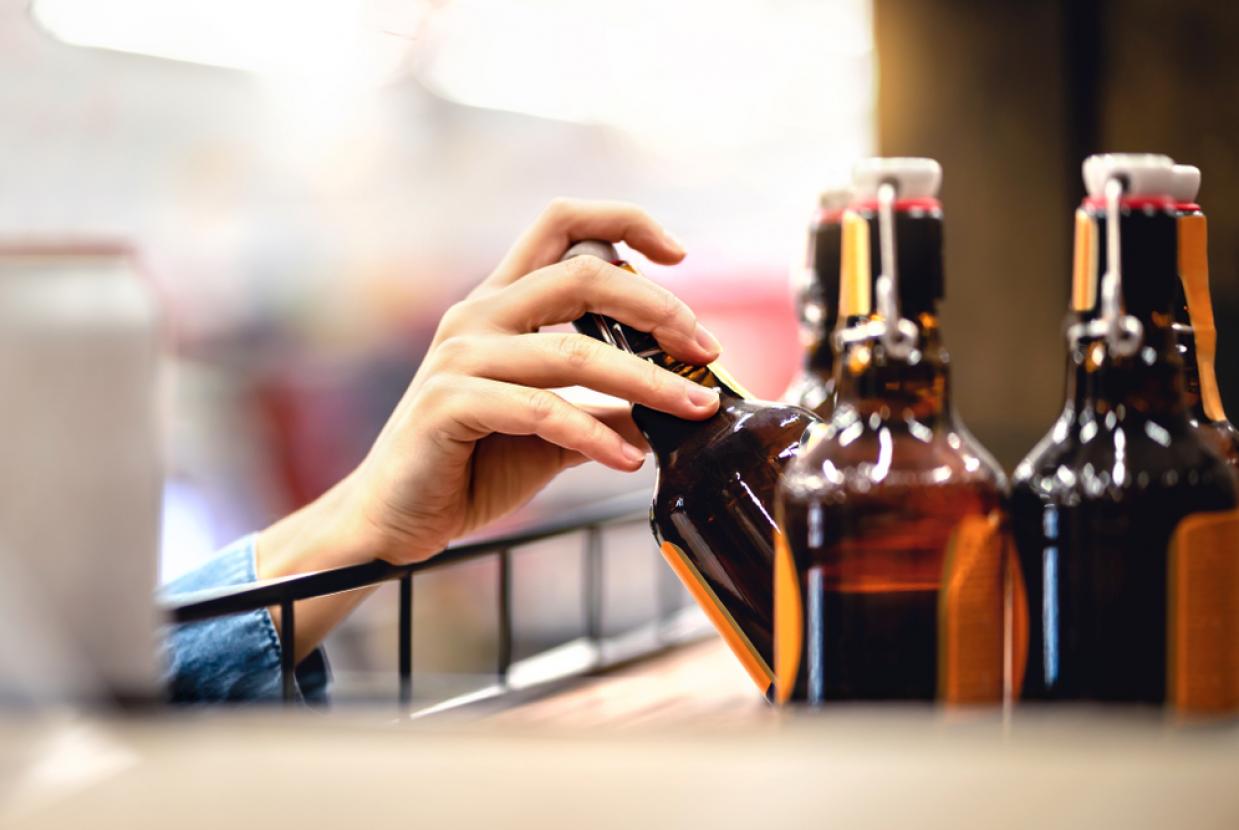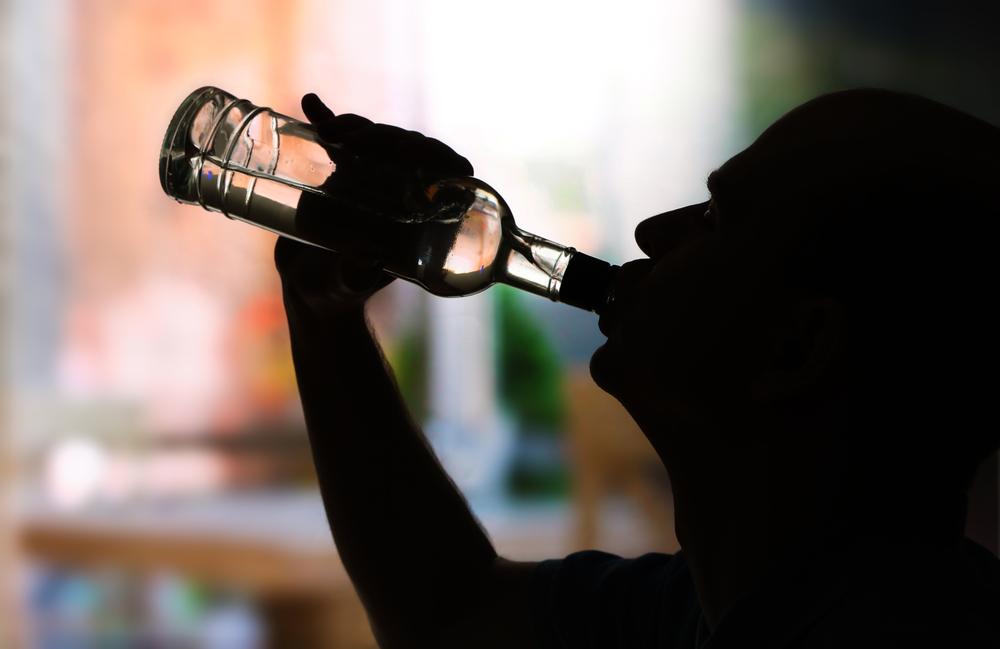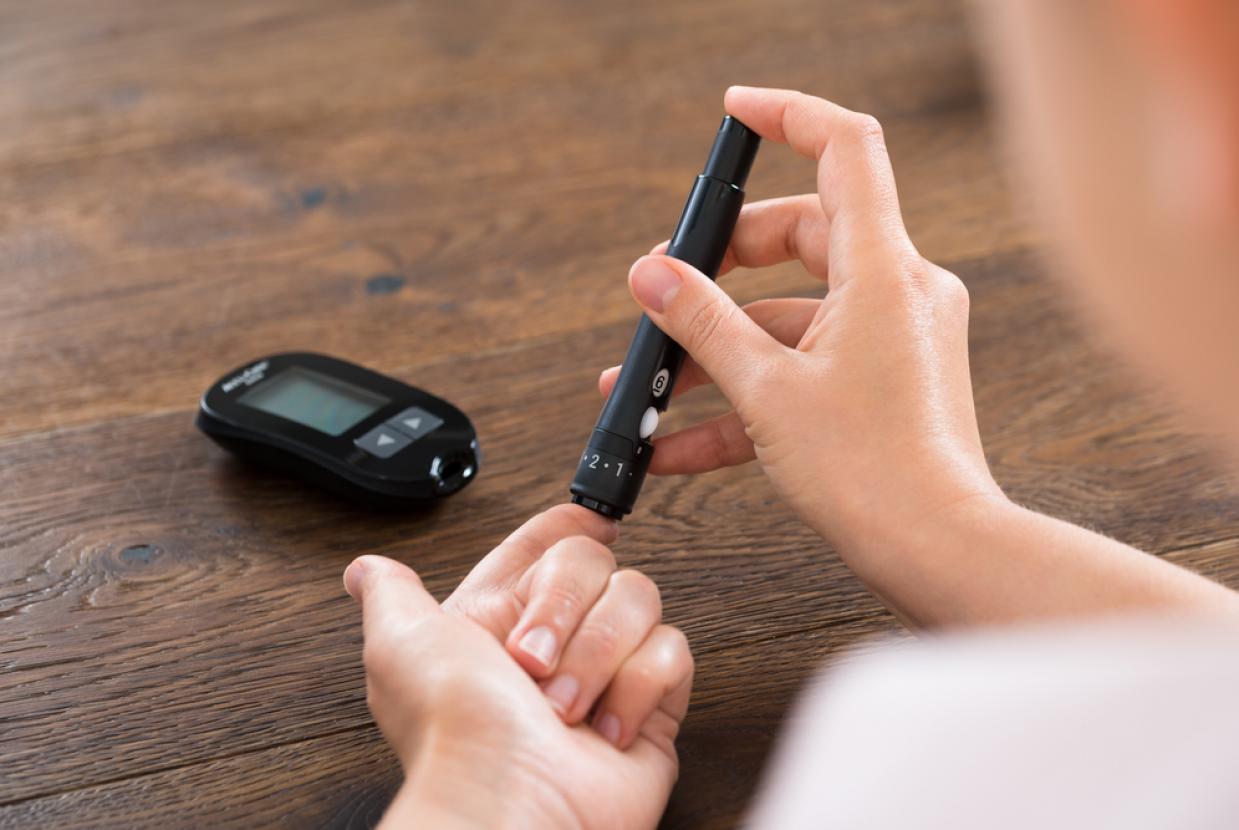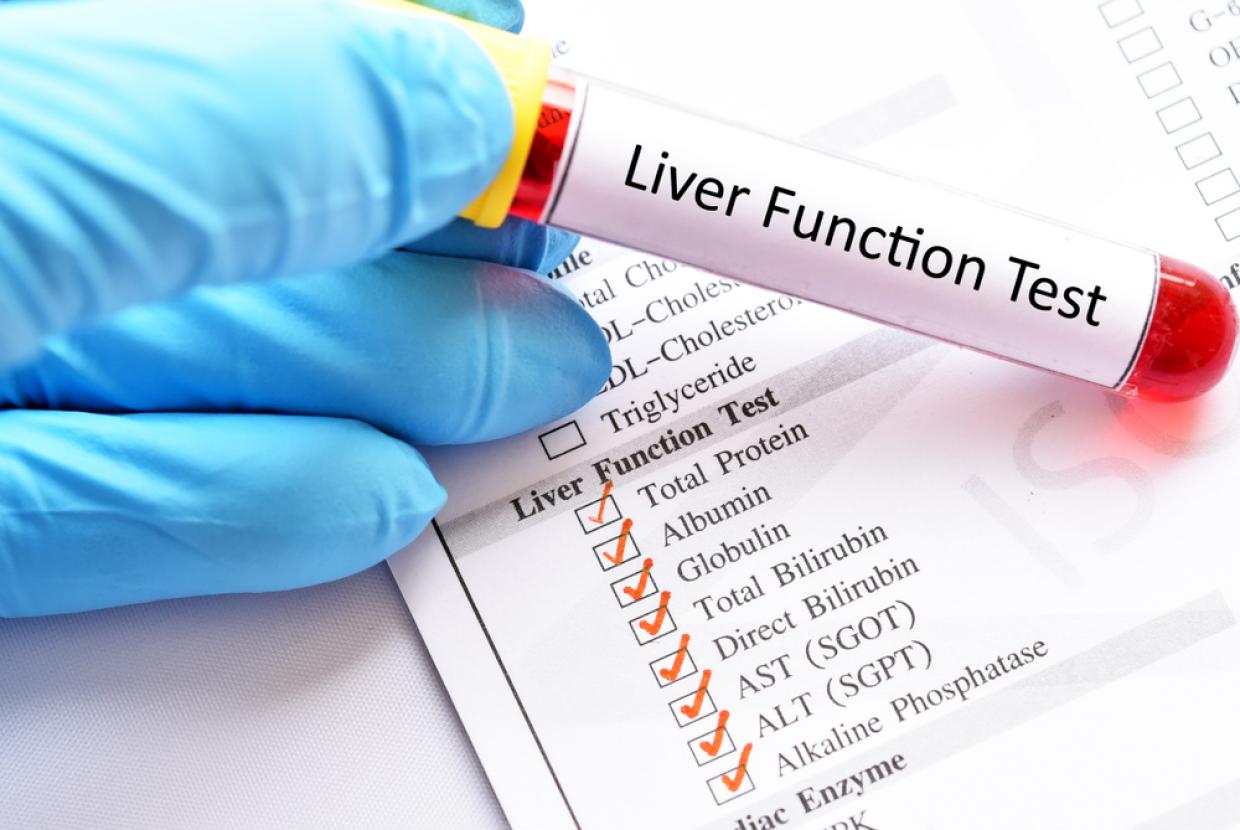Alcohol In The Workplace
Alcohol GuidanceMore than 25 million adults in England regularly drink alcohol. Statistically, drinkers are more likely to be employed than non-drinkers. This means the effects of overconsumption of alcohol are often felt in the workplace. It also means that the workplace can be a good place to help people identify alcohol problems and overcome them.
Perhaps surprisingly, most alcohol-related workplace incidents are not caused by very heavy drinkers but by more moderate drinkers. As little as one small drink of alcohol can impair concentration and affect reaction times, but most people are unaware of the number of units they consume or how long alcohol remains in the body.
Lost productivity due to alcohol use costs the UK economy more than £7 billion each year.
What’s the problem?
Lost productivity due to alcohol use costs the UK economy more than £7 billion annually, and an estimated 167,000 working years are lost to alcohol every year. People may attend work hungover or still under the influence from the night before, consume alcohol before work or during the day; or their work may be affected by health problems resulting from drinking. Here are a few examples:
- 40% of employers mention alcohol as a significant cause of low productivity
- Between 3% and 5% of all work absence is caused by alcohol consumption
- 35% of people say they’ve noticed colleagues under the influence of drugs and alcohol at work
- 25% say that drugs or alcohol have affected them at work, with 23% saying they had experienced decreased productivity as a result
Workplaces don’t just suffer from the effects of alcohol – they can exacerbate the problem. 27% of people say that workplace stress makes them drink more. Many workplace cultures also encourage drinking, whether through informal socialising or workplace events where drinking is considered the norm and alcohol is often made available for free.
Who is at risk?
Research shows that employees in some industries are more likely to become heavy or dependent drinkers than others. Heading the list are mining and construction, hospitality, arts and entertainment, utilities, and wholesale.
However, there are other important risk factors that have been identified as increasing the likelihood of alcohol-related harm:
- Shift work
- Poor working conditions (hazardous, hot, cramped, at height, underground)
- Personal conflict and stress
- Low job security or lack of control
- Changes or upheaval at work
- Drinking culture being seen as normal at work
On average, consumption tends to be higher among people in managerial and professional roles compared to lower paid occupations.
How can I reduce the risks to my organisation?
There’s no-one-size-fits-all approach, but putting in place a few key measures can make a huge difference to your workplace’s productivity, safety, and your employees’ wellbeing. A good place to start is to develop an alcohol policy.
- An employee assistance programme to ensure that they can access support with mental and physical health issues
- Awareness-raising activities
- Ensuring that social events aren’t entirely geared around alcohol, and have good alcohol-free drinks on offer.





